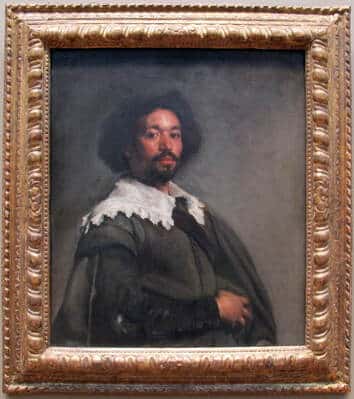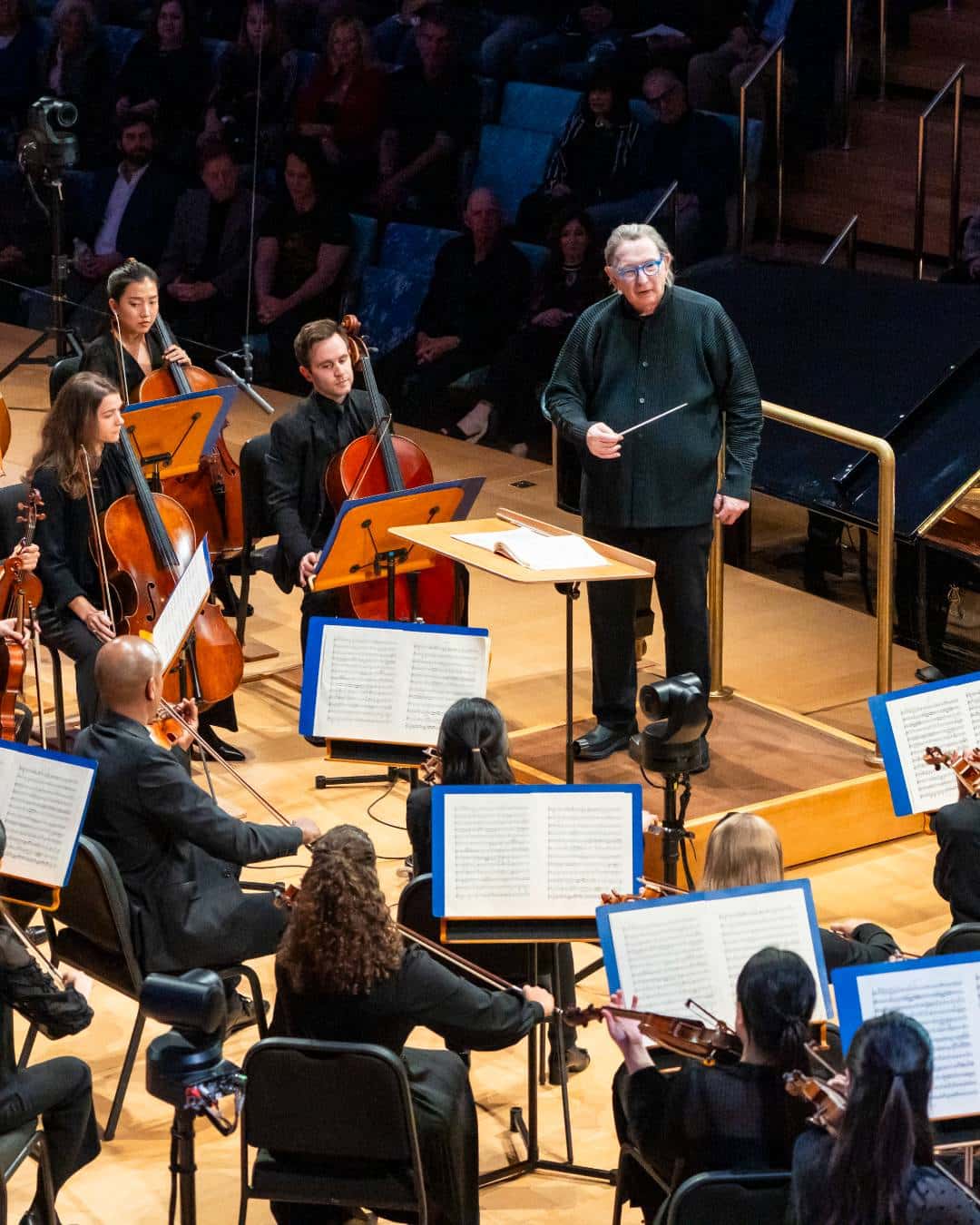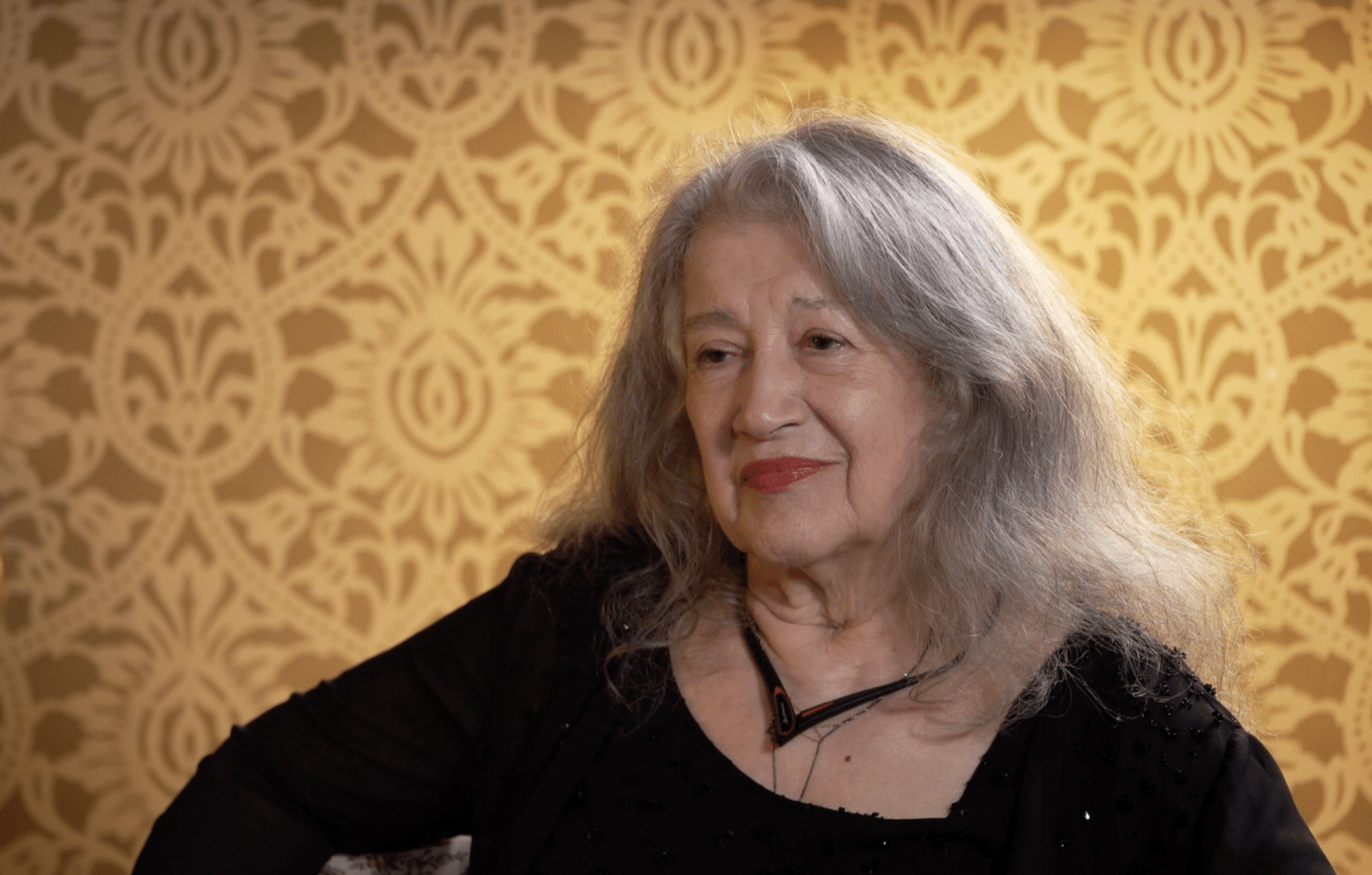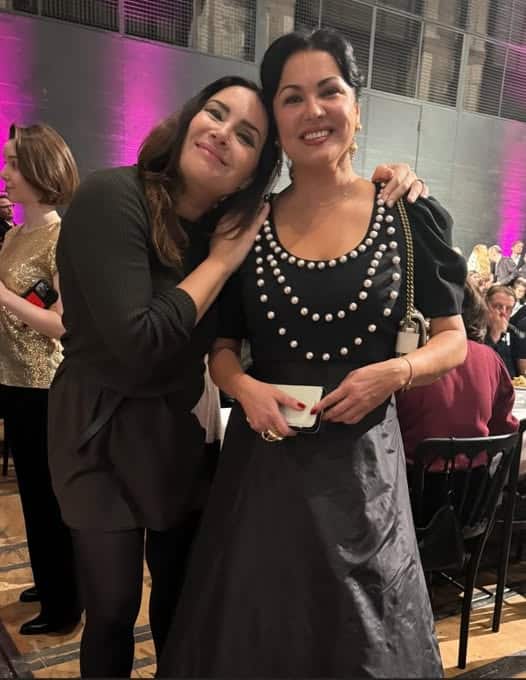Ruth Leon recommends…Look again: rethinking Spain & the Spanish Americas
Ruth Leon recommendsLook Again: European Paintings—Rethinking Spain & The Spanish Americas
One thing I’m definitely going to do when I get home to New York next week is to visit the newly renovated and reinstalled European Paintings galleries at The Met.
Spain’s “Golden Age”, Siglo de Oro, began in the late 1400s with the marriage of Catholic royals Isabella and Ferdinand, which united the kingdoms of Aragon and Castille. Over the next two centuries, Spain became a mighty empire through marriage alliance, conquest, and war.
Here’s a short ‘taster’ of one section of the exhibition, Look Again: European Paintings 1300-1800 as curator David Pullins and conservator Jose Luis Lazarte Luna discuss the new approach to Spanish painting of the “Golden Age”.






Comments